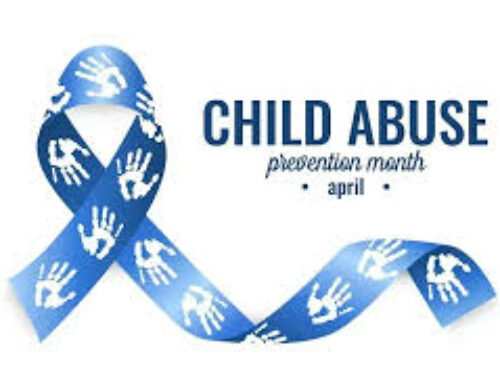Published in the August 31 – September 13, 2016 issue of Morgan Hill Life
By Nancy Hunnicutt

Nancy Hunnicutt
Many local dogs seem to be getting lost these past few summer months. Many have run off because of fireworks exploding in the sky and other loud noises. What do you do if your best friend is missing?
First, it’s important to understand why dogs run away. Usually, pets run away from boredom or loneliness, to satisfy sexual urges, in response to sudden and unexpected events that frighten them, out of curiosity, if doors, windows or gates are left open, or if they are new to a home and are looking for familiar surroundings.
How far Fido runs depends on the size and breed. A young dog may go five miles but most small dogs will only travel a half mile or at the most a mile. Most dogs are recovered within a two-mile radius of home. A friendly dog will try to seek out other dogs or humans. For dogs like this, check local parks or neighbor’s yards. A shy or older dog might be more frightened so look in bushes and under cars.
Dogs do not run in a straight line. After the initial run, Rover is trying to find his way home, but has failed. In very few cases he has come into harms way. But odds are someone has seen or taken your pet to protect it. Often, these people are not set up to take in a pet and if your pet has tags with a phone number and a working answering machine you are more likely to get Daisy home much sooner. Make sure all your information is up to date and if you haven’t chipped her yet, please do it as soon as you can. An-Jan Feed & Pet Supply in Morgan Hill does chipping at a reasonable cost.
People take lost pets to local veterinarians, animal hospitals, kennels, groomers and pet stores. Dog finders also take them to animal shelters and to rescue organizations. If found with a tag, current information makes the return easy. If found without the tag, it becomes a puzzle that must be solved by the finder and the shelters.
So you have looked and still nothing. What do you do next? Think about how far he might have gone. A half a mile? A mile? Five miles? Circle that area on a map. Is there a school yard, park or walk that your pet is familiar with? Would your dog get in someone’s car? Ask people in your neighborhood that mow lawns, deliver mail, deliver packages, people that jog or walk the neighborhood. Is there someone that gives your dog treats? Are there neighbors that spend a lot of time outdoors? Any of these people may have seen your dog.
Put up fliers and don’t forget to put a big one in your yard so if someone finds Bailey, they know where to take her. Use the word “Reward” and make it large on your posters.
Don’t forget to use a nice, clear photo of your dog. We live in a bilingual community so make signs in both Spanish and English. You also want to put the signs where the most people will see it. Place signs where people will slow down and read them. Major intersections, bus stops, entry and exits to parks, schools and, of course, on social media.
After you canvassed the neighborhood, mail some fliers to local kennels, groomers, vets, animal hospitals, rescues and shelters. Many shelters post found dogs on line. Don’t forget to check back with places, it could be your flier got on the bottom of the stack or misplaced. Post notices in the dog park as well.
If you have lost your dog, I hope this advice might speed your beloved pet coming home. When Fido is safely back in your arms, educate other dog owners on how to avoid their pets roaming away from home — or how to find them quickly if they do get lost.
Nancy Hunnicutt is a member of the MH Dog Owners Group.






